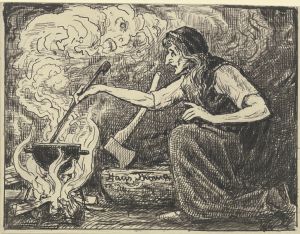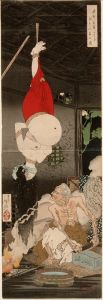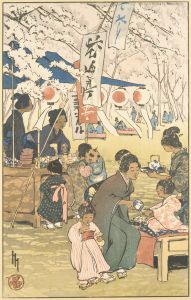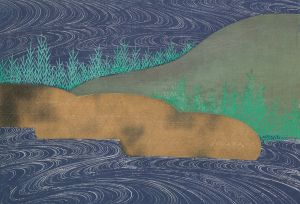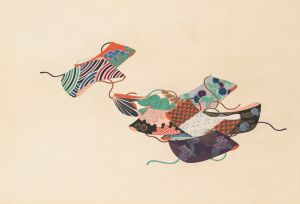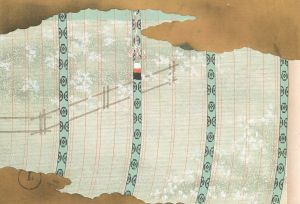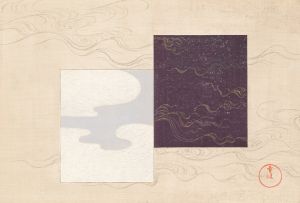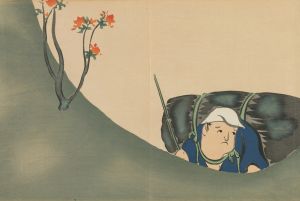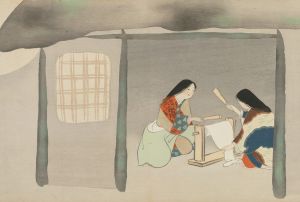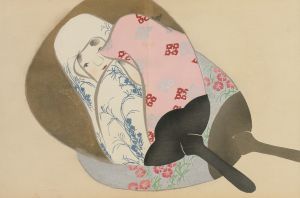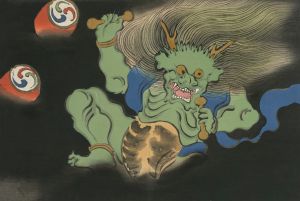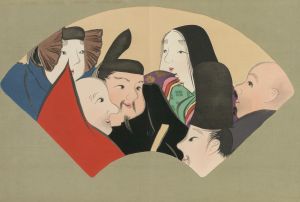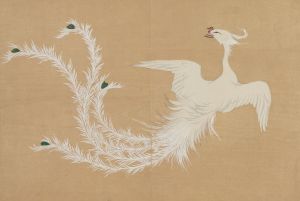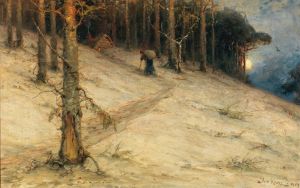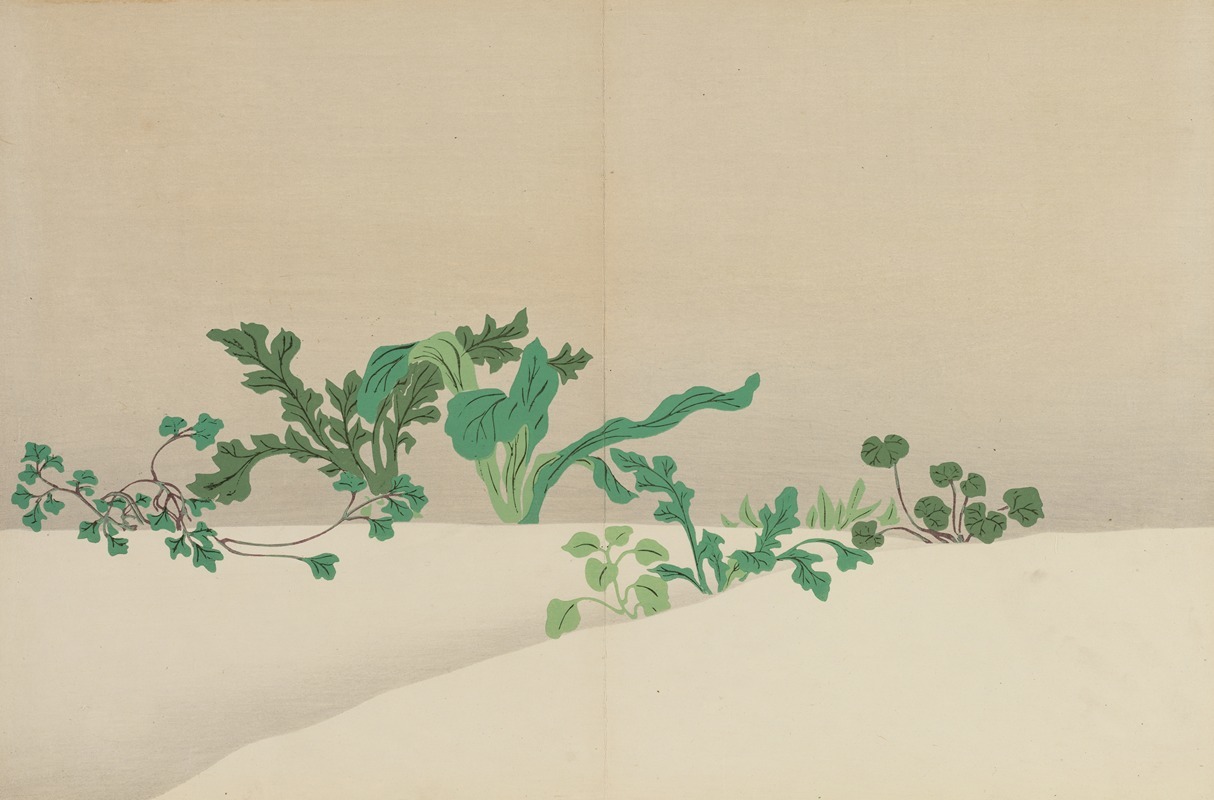
Seven Herbs of Early Spring
A hand-painted replica of Kamisaka Sekka’s masterpiece Seven Herbs of Early Spring, meticulously crafted by professional artists to capture the true essence of the original. Each piece is created with museum-quality canvas and rare mineral pigments, carefully painted by experienced artists with delicate brushstrokes and rich, layered colors to perfectly recreate the texture of the original artwork. Unlike machine-printed reproductions, this hand-painted version brings the painting to life, infused with the artist’s emotions and skill in every stroke. Whether for personal collection or home decoration, it instantly elevates the artistic atmosphere of any space.
Kamisaka Sekka (1866–1942) was a prominent Japanese artist and designer, celebrated for his contributions to the Rinpa school of painting, which is known for its vibrant colors and decorative style. One of his notable works is "Seven Herbs of Early Spring," a piece that exemplifies his mastery in combining traditional Japanese aesthetics with modern influences.
"Seven Herbs of Early Spring" is a part of Sekka's broader body of work that often draws inspiration from nature and seasonal themes. The painting depicts the traditional Japanese motif of the "Nanakusa," or the seven herbs of spring, which are traditionally consumed in Japan on the seventh day of the new year. This custom is believed to promote health and longevity, and the herbs include water dropwort, shepherd's purse, cudweed, chickweed, henbit, turnip, and radish.
Sekka's depiction of the seven herbs is characterized by his use of bold colors and stylized forms, which reflect the Rinpa school's emphasis on decorative beauty and simplicity. The painting likely employs a combination of mineral pigments and ink on silk or paper, a common medium for Japanese paintings of this period. Sekka's work often features a harmonious blend of traditional Japanese techniques with elements of Western art, which he encountered during his travels to Europe.
The influence of Western art on Sekka is evident in his use of perspective and shading, which adds a sense of depth and dimension to his compositions. However, he maintained a strong connection to Japanese artistic traditions, as seen in his use of flat planes of color and asymmetrical compositions, which are hallmarks of the Rinpa style. This synthesis of Eastern and Western elements is a defining characteristic of Sekka's work and contributes to his reputation as a pioneer of modern Japanese art.
"Seven Herbs of Early Spring" not only showcases Sekka's technical skill and artistic vision but also reflects the cultural significance of the subject matter. The painting serves as a visual celebration of the changing seasons and the renewal of life, themes that are deeply rooted in Japanese culture and art. Sekka's ability to capture the essence of these themes in a visually striking manner has earned him a lasting legacy in the world of Japanese art.
Kamisaka Sekka's contributions to the Rinpa school and his innovative approach to art have made him a significant figure in the history of Japanese art. His works, including "Seven Herbs of Early Spring," continue to be appreciated for their beauty and cultural resonance, offering insight into the rich artistic traditions of Japan and the ways in which they have evolved over time.





